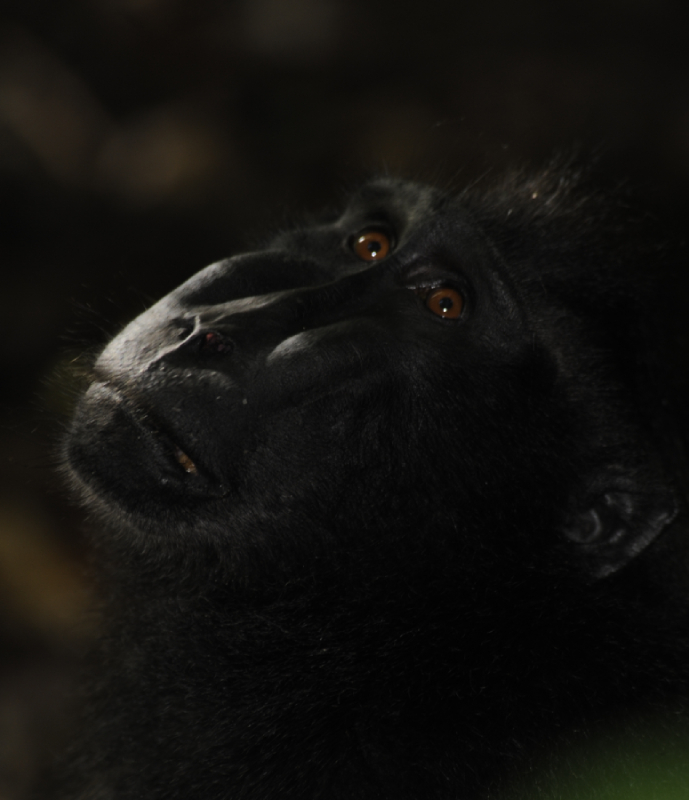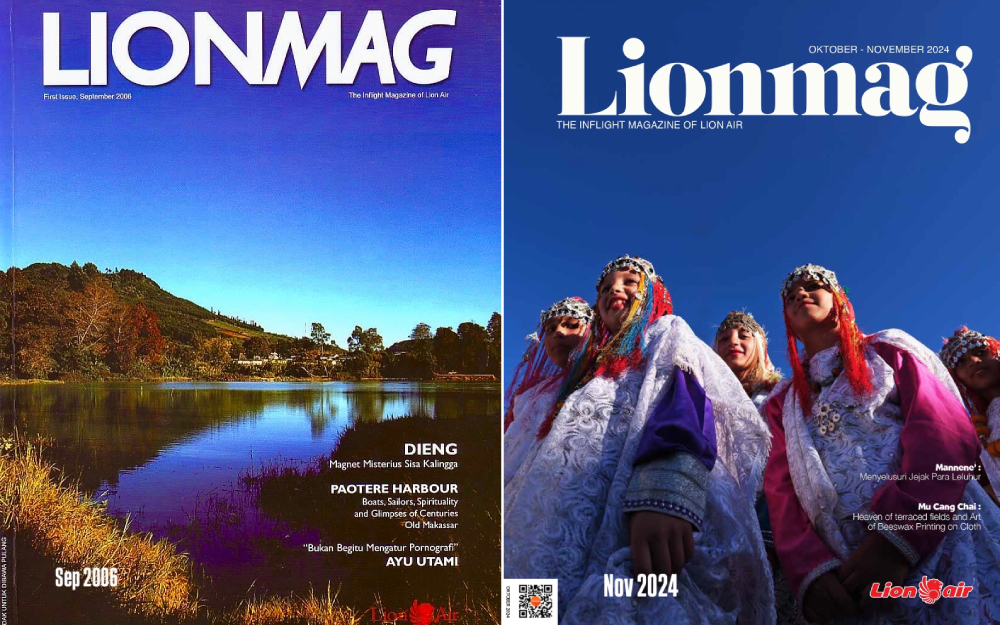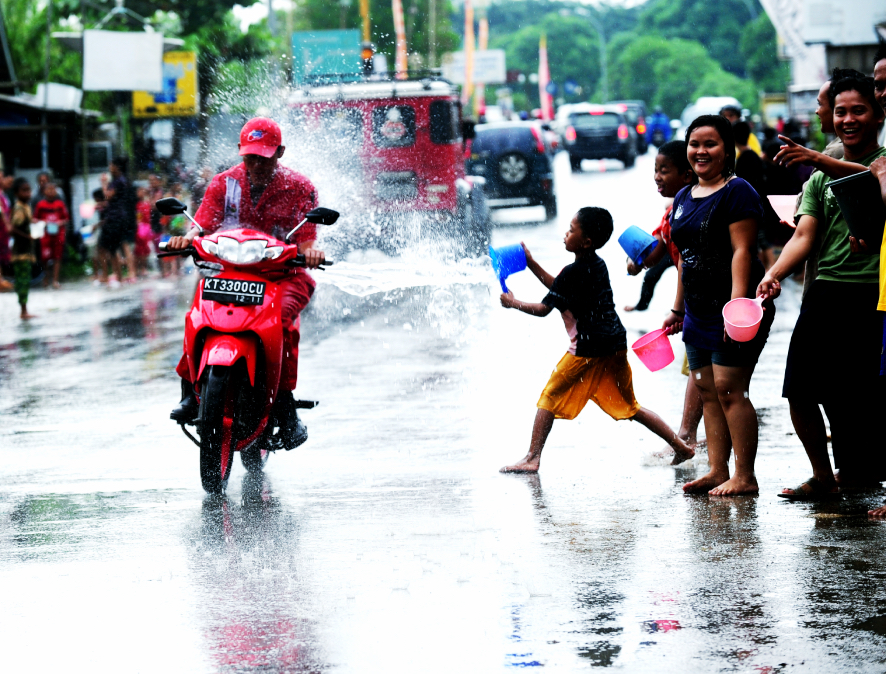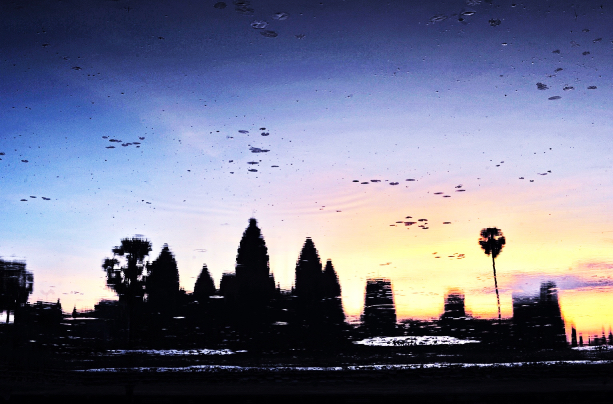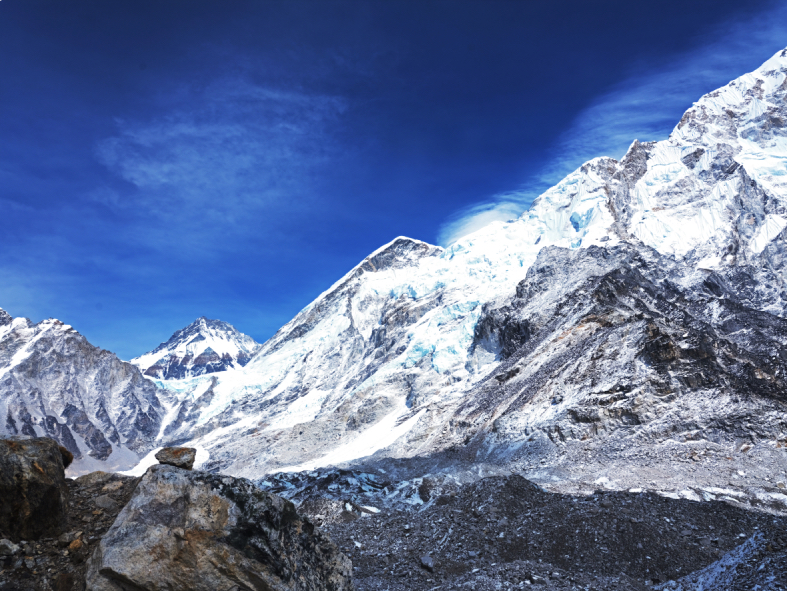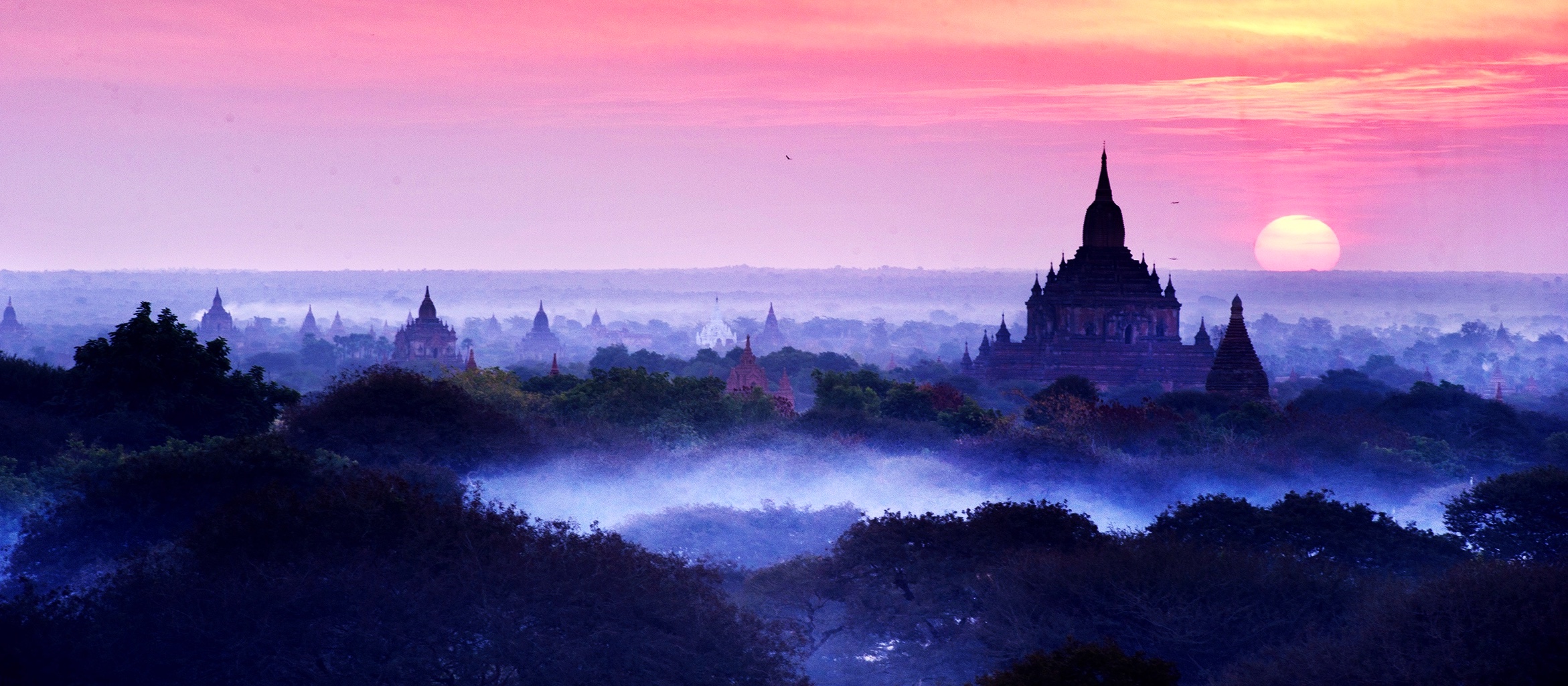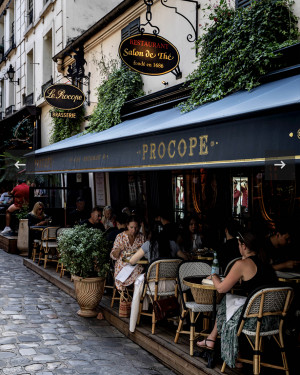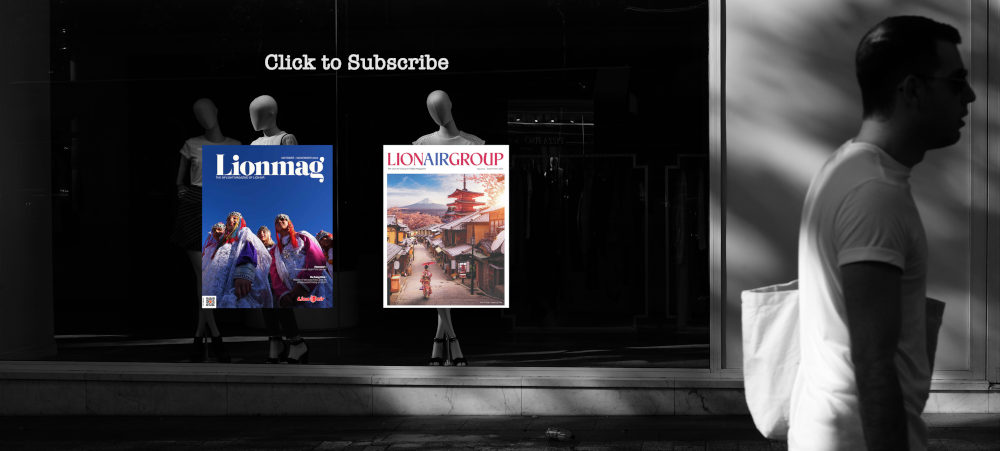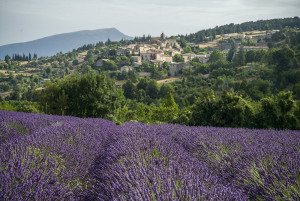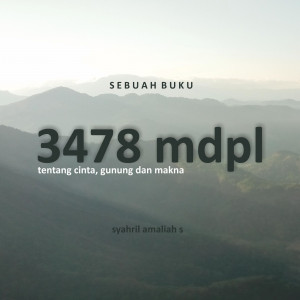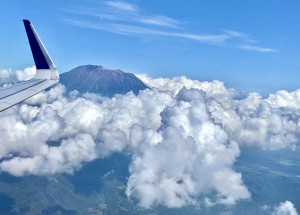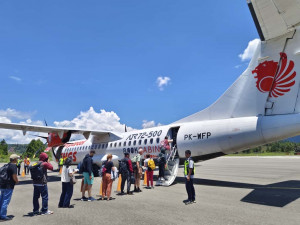The journey to Tangkoko passes spectacular rocky island outcrops topped in jungle, the rafts and boats of the local fisherman, all in view of flocks of frigate birds with their sinister looking dark bodies and hooked wings circling overhead. As the twin volcanoes of Tangkoko loom ahead, the beach sand on shore changes from the white to black.
Under trees literally overhanging the black sand and surf, the forest and jungle starts as soon as you step from the boat. On m trip, as I walked only a few hundred metres into the forest, I soon notice a few dark figures moving on the ground and among the tress. Suddenly I found myself in the middle of about 50 black macaques. They have little fear of me as they move around both on the ground and in the trees within a few metres of me. The large group spends much of its time foraging for fruit, insects and whatever they fancy eating at the time. This foraging is a hazardous activity for anyone in the vicinity as mangoes and coconuts are dislodged from the trees far above by the foraging macaques.
The macaques alternate between grooming, feeding and fighting over food despite an apparent abundance of it. They have the most wonderful expressive face and are full of personality – not all of it peaceful towards each other. The variety of facial expressions are amazing, although the yawning shows a display of canine teeth obviously quite capable of inflicting serious injury, with many macaques bearing the scars of battle.
As I watch the macaques I hear the unmistakeable “whoosh whoosh “of beating wings of hornbills. These birds are common in Tangkoko. We hear groups calling loudly and see groups feeding high in the fruit trees and in the fig trees. Many animals and birds of Sulawesi and Tangkoko have extraordinary habits and behaviours. When a hornbill pair nests, the female takes a position in a hollow nesting tree when the male literally imprisons her during the hatching and rearing of the chicks by sealing the entrance to the nest, She is fed through a small hole through the male passes food to her and the chicks. There is no escape for her until the chicks are reared.
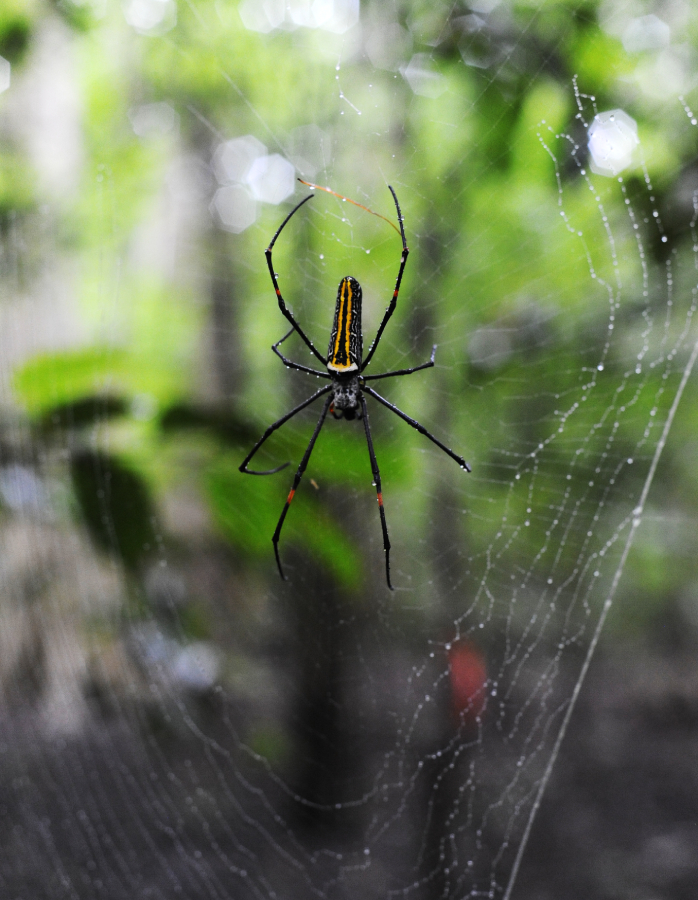
Wandering through the jungles of Tangkoko, wonderous sights abound – from the extraordinary vegetation to the homes of the seldom seen dwarf and bear cuscus, the lair of large pythons an even smaller sights such as insects and spiders. The park comprises 8, 876 hectares (21,910 acres). Within it are many incredibly diverse habitats – from black sand beaches, coral reefs, mangroves, coastal forests and jungles to mountainous volcanic landforms.
Walking within the park is a great experience and the best way to see most of its truly unique plants and animals. The walking is not difficult but at any time of the year, you will need walking shoes (best) or very sturdy sandals, some protective gear, insect repellent and a raincoat. Binoculars are most handy.
Amid the beauty of this place, I find myself asking what the future holds for the ecology of North Sulawesi. While there are many exquisitely beautiful places, parts of the region are under threat. The world there has become overall a very different world to that described by Wallace in “The Malay Archipelago”. The region and the city of Manado have a large growing population. Population pressure, a lack of resources, and a lack of a strong commitment to environmental protection region are all taking their toll in the region. Perhaps the greatest threat to this most beautiful area are the environmental degradation leading to destruction of habitat, poaching of many animals including the macaques for the market or for food, and mining projects which threaten to allow toxic run-off from the vicinity of Tangkoko into Lembeh Strait.
Manado and its surrounds remain extraordinarily beautiful and unique places to visit. It is a superb tourist destination in its own right. Any trip would be enhanced by a few days getting out of the city and seeing this most unique region with all its natural wonders.
Previous : Manado and Tangkoko Dua Saudara Park
